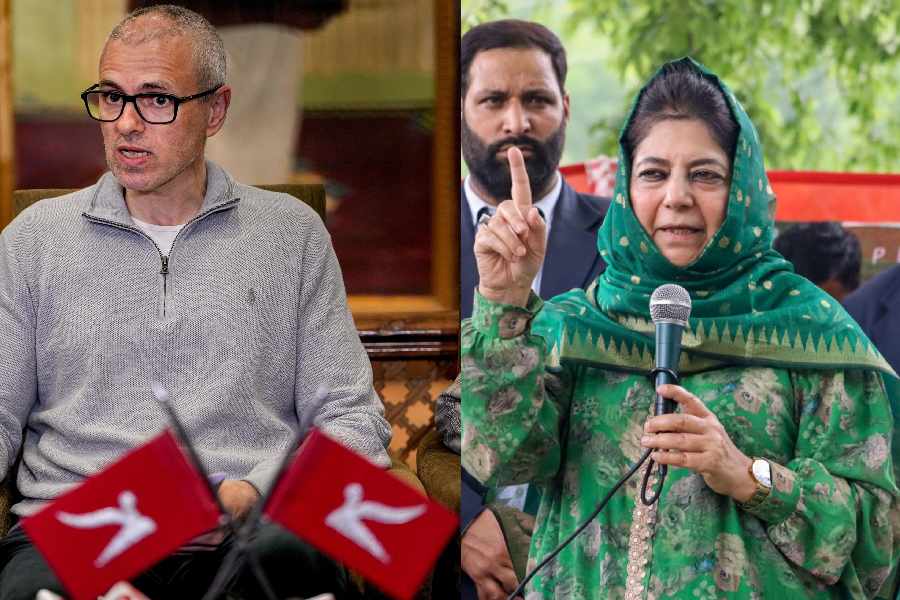The surplus reserves of the Reserve Bank of India (RBI) will be transferred to the government in tranches over a period of three to five years, according to a report by the Bimal Jalan Committee on the central bank’s economic capital framework.
The panel was constituted to assess the optimum size of capital reserves the central bank should hold.
The panel, which met on Wednesday, has almost finalised the report, which would be submitted soon to RBI governor Shaktikanta Das, officials said.
“Recommendations such as phased transfer of RBI reserves to the government in three-five years stay,” the official said.
“We have discussed everything. We will now come out with the final report,” the official said. The panel, headed by former RBI governor Bimal Jalan, will not meet again.
“It would be difficult to tell what is the exact amount of transfer or the calculation. Transfer would be in a phased manner as is the practice,” the official said.
Besides the surplus capital transfer, the government is expecting Rs 90,000 crore dividend from the RBI in the current financial year against Rs 68,000 crore received last fiscal.
The panel’s term was extended after the transfer of former economic affairs secretary Subhash Chandra Garg to the power ministry. The transfer took place when the panel was making final changes to the report. The vacancy was filled by newly appointed finance secretary Rajiv Kumar.
Garg had submitted a dissent note. He was believed to have favoured a one-time transfer of surplus reserves instead of a staggered one. “I don’t want to speak on that. He’s no longer there,” the official said, on being asked if Garg’s dissent note would be carried in the final report.
The views of the new finance secretary will be included in the report, the official said.
The six-member panel was appointed on December 26, 2018 to review the economic capital framework for the RBI after the finance ministry wanted the central bank to follow global best practices and transfer more surplus to the government.
While finance ministry officials had estimated RBI’s surplus to be Rs 3.6 lakh crore, the Centre for Advanced Financial Research and Learning, a Mumbai-based think-tank, had said the central bank had insufficient capital.
The study, which covered the balance sheets of 45 central banks, found the global average capital to asset ratio — net of revaluation capital — was 6.56 per cent. The level for those in emerging economies was 6.96 per cent, with the RBI’s standing at 6.6 per cent.
“The main takeaway from the above comparisons is that the RBI is not over-capitalised relative to overall international standards. In fact, it is marginally undercapitalised,” the authors, led by Amartya Lahiri, the think-tank director and a professor at the University of British Columbia, wrote in their paper after discussions with RBI deputy governor Viral Acharya and former chief Raghuram Rajan.
RBI’s annual report for 2017-18 shows its contingency funds and revaluation reserves at Rs 2.32 lakh crore and Rs 6.92 lakh crore, respectively. Revaluation reserves have more than tripled to Rs 6.92 lakh crore in 2017-18 from Rs 1.99 lakh crore in 2008-09.










